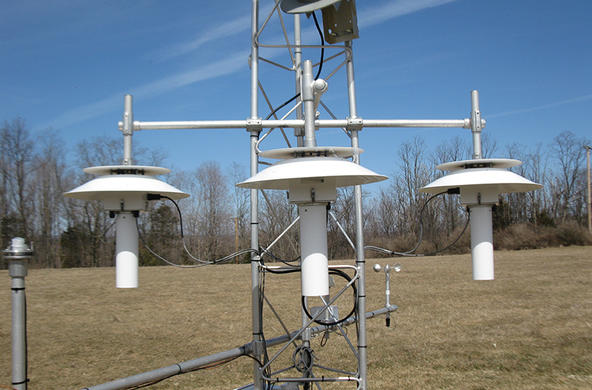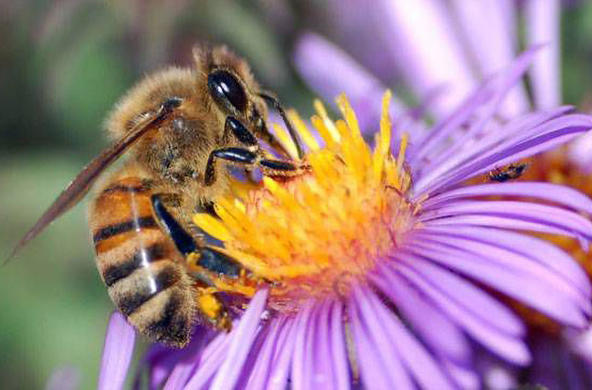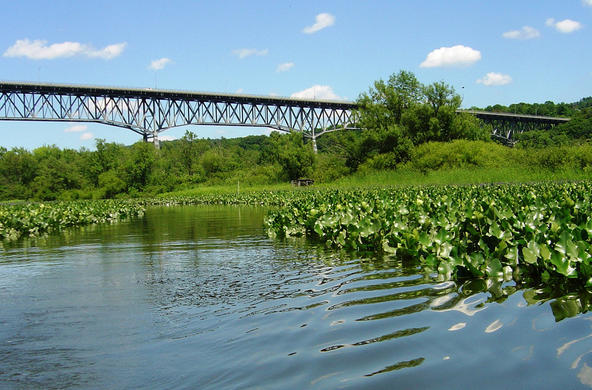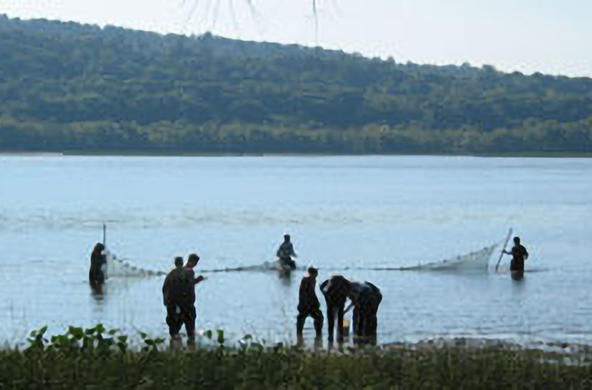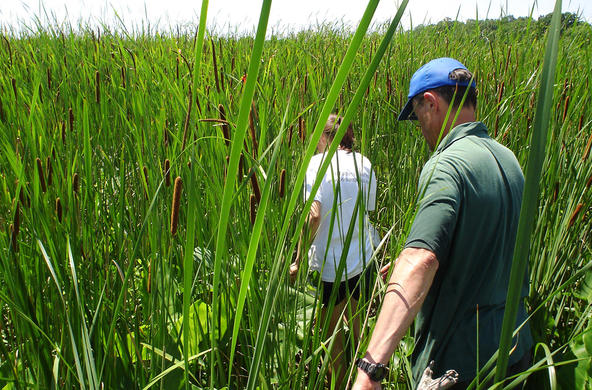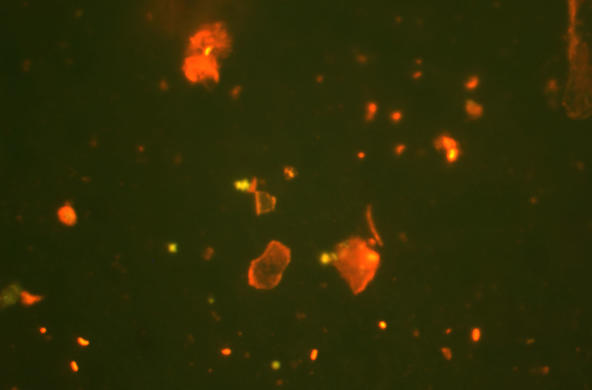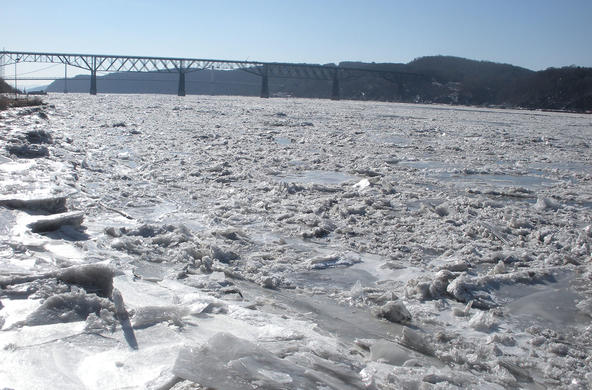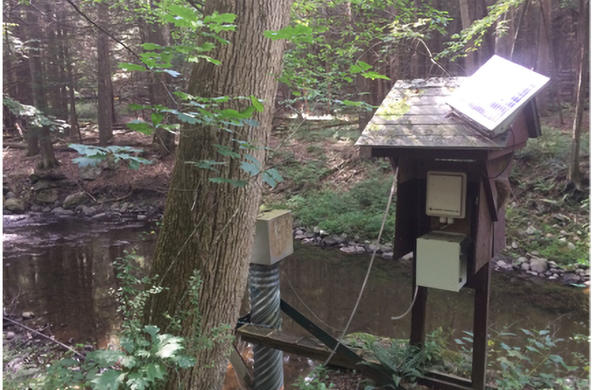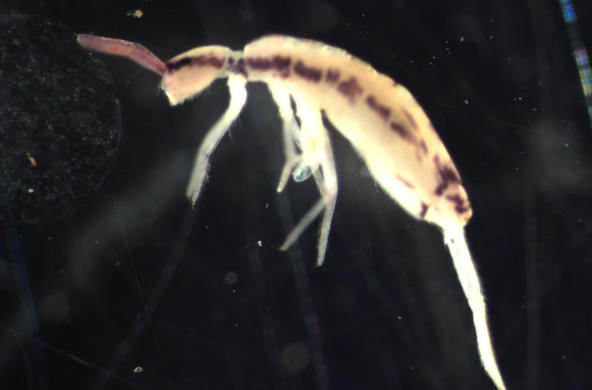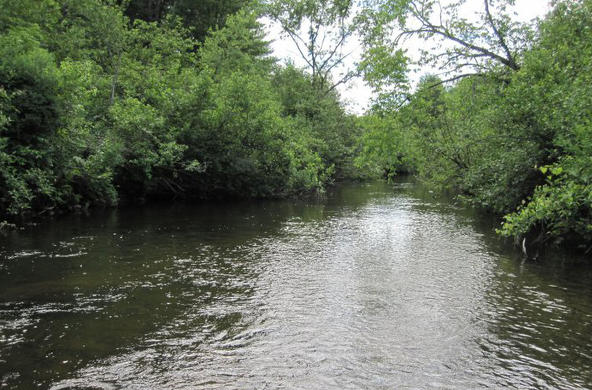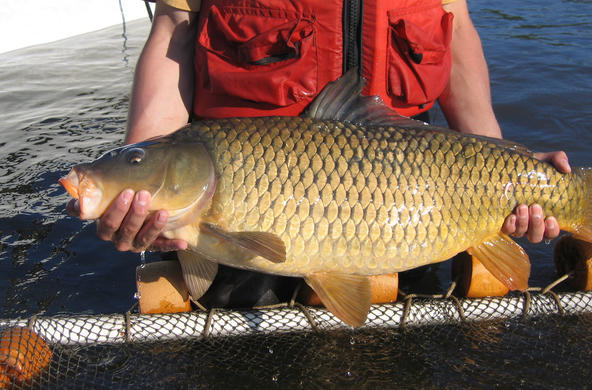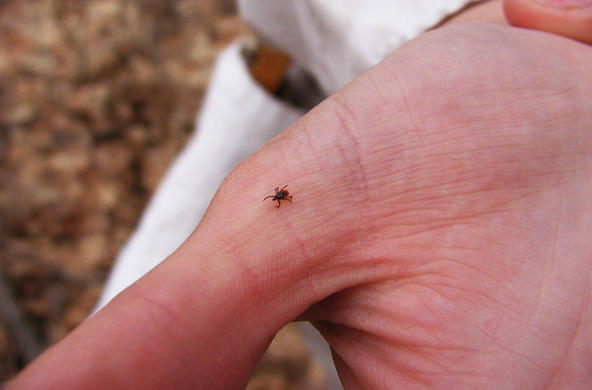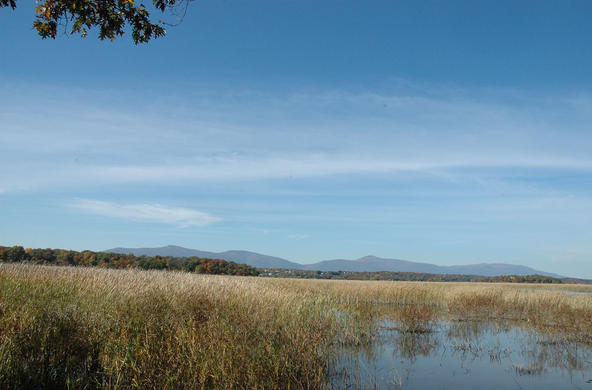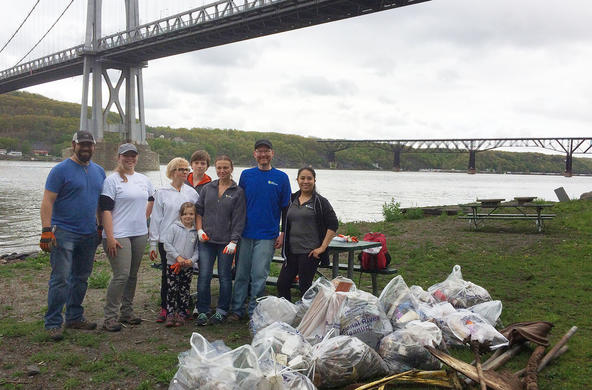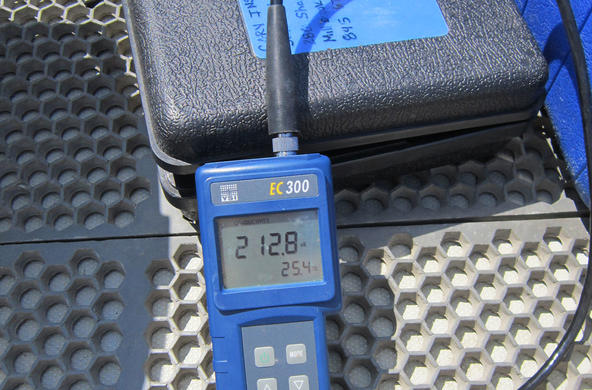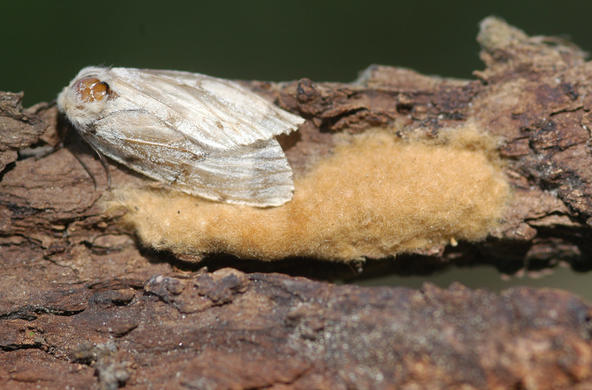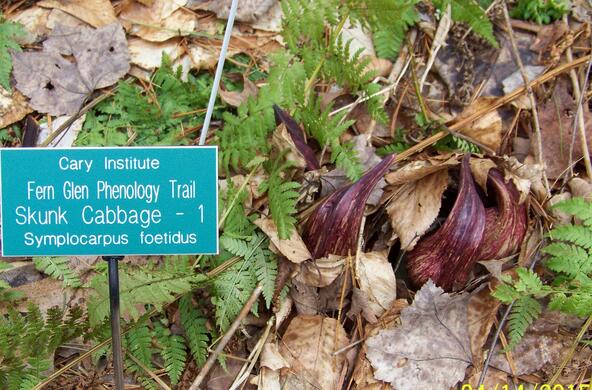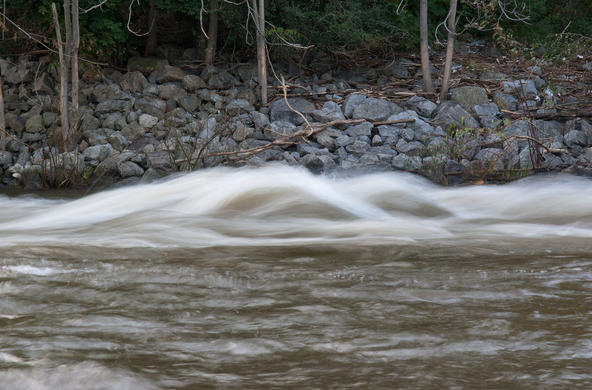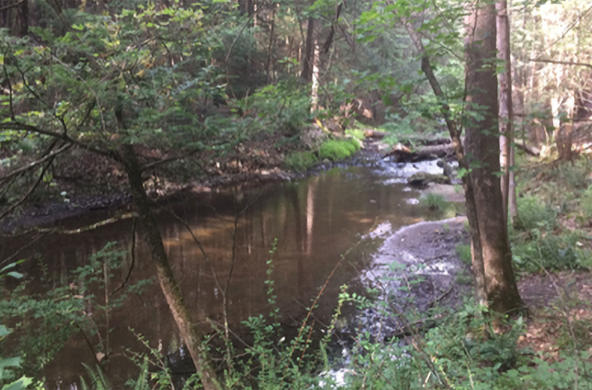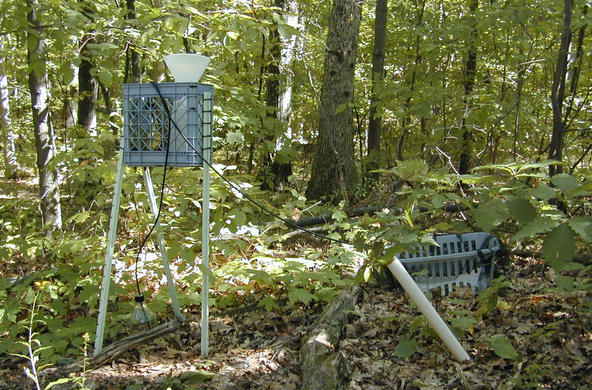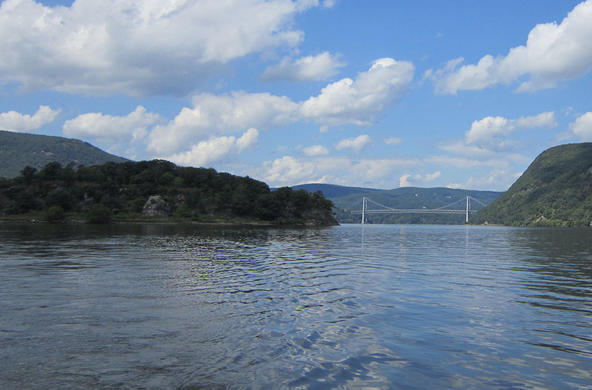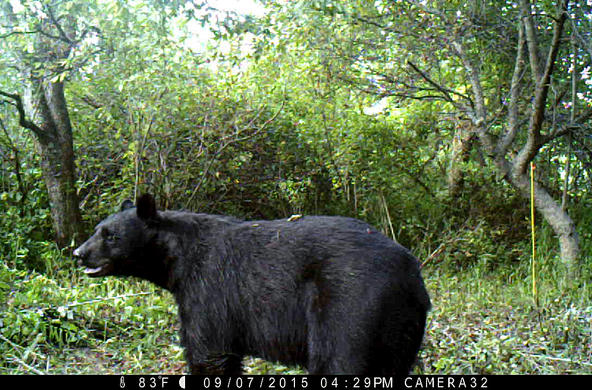Objectives
- Students will trace the flow of matter through different systems within an ecosystem, and describe the importance and interconnectedness of Earth's systems in these cycles by considering how the removal or impairment of one of Earth’s systems affects the ability of the matter to flow.
- Students will make a claim about the effects that human development could have on the flow of matter within naturally occurring ecosystems.
- Students will propose a solution to mitigate the effects of human development on the flow of matter within a naturally occurring ecosystem.
Overview
Rating:
Lesson Summary
This lesson introduces students to the Critical Zone (CZ), the thin layer of Earth where interactions between the biosphere, hydrosphere, geosphere, and atmosphere sustain life. Using NGSS-aligned activities, students explore how matter cycles through ecosystems and analyze the impacts of human activities on these cycles.
Lesson Structure (2 parts)
- Part 1 (1 60-minute class period)
- Students trace the movement of water, nitrogen, and carbon (optional: phosphorus, calcium, potassium, sulfur) through Earth’s systems.
- A model-based activity helps students understand how removing one Earth system disrupts matter flow.
- Students collaboratively define the Critical Zone.
- Part 2 (1-2 60-minute class periods)
- Students examine how urbanization and agriculture impact the movement of matter.
- Groups propose mitigation strategies to minimize human impact.
- A gallery walk allows peer-to-peer learning and discussion.
Key Student Outcomes
- Analyze the role of Earth’s systems in matter cycling.
- Predict how human activities disrupt natural processes.
- Propose solutions to mitigate environmental impacts.
Recommended Prior Learning
- The four Earth systems (biosphere, hydrosphere, geosphere, atmosphere).
- Biogeochemical cycles (carbon, nitrogen, water).
Materials
- Slide Deck
- Student Models 1, 2A, and 2B
- Student Notes Organizer
- Gallery Walk Organizer
Procedure
Please view the Teacher Guide included in this lesson's digital resources for intensive instructions for any teacher who wishes to implement “An Introduction to the Critical Zone” with their students. We welcome feedback and insights following implementation. If you would like to share your experience with “An Introduction to the Critical Zone,” please complete this Feedback Form (https://bit.ly/4hw7Jks). We hope you enjoy using “An Introduction to the Critical Zone” with your students!
Resources
Lesson Files
pdf
Teacher Instructional Guide for "Introduction to Critical Zone" UCZ Data Lesson
pdf
Slide deck for "Introduction to Critical Zone" UCZ Data Lesson
pdf
Student Model 1 "Introduction to Critical Zone" UCZ Data Lesson
pdf
Student Model 2A "Introduction to Critical Zone" UCZ Data Lesson
pdf
Student Model 2B "Introduction to Critical Zone" UCZ Data Lesson
pdf
Student notes organizer for "Introduction to Critical Zone" UCZ Data Lesson
pdf
Gallery walk handout for "Introduction to Critical Zone" UCZ Data Lesson



